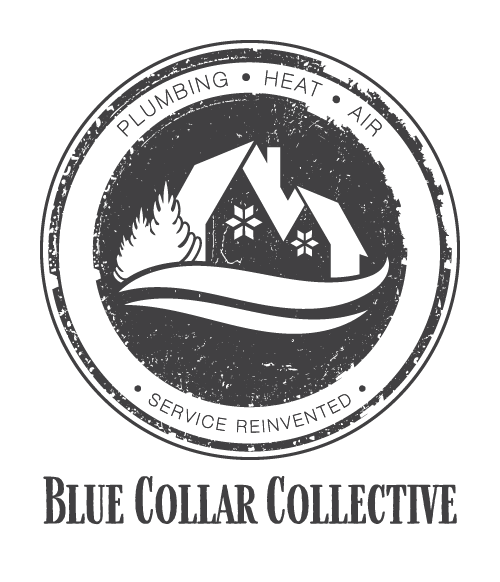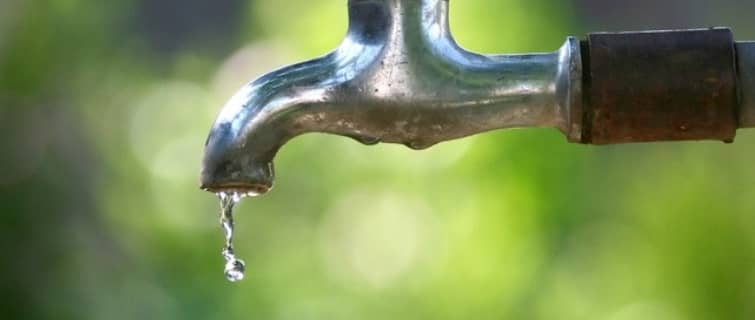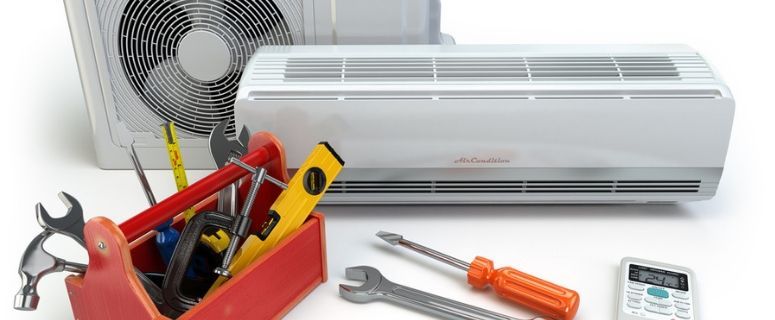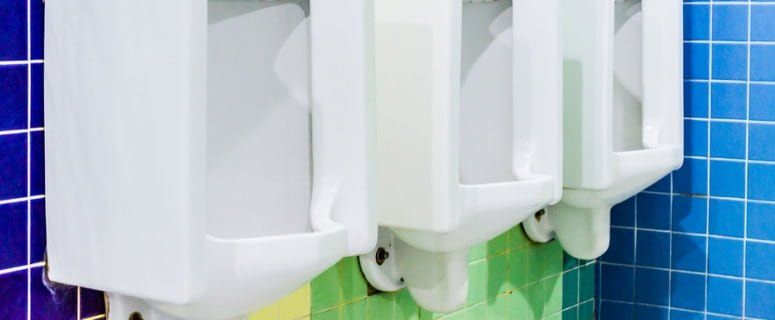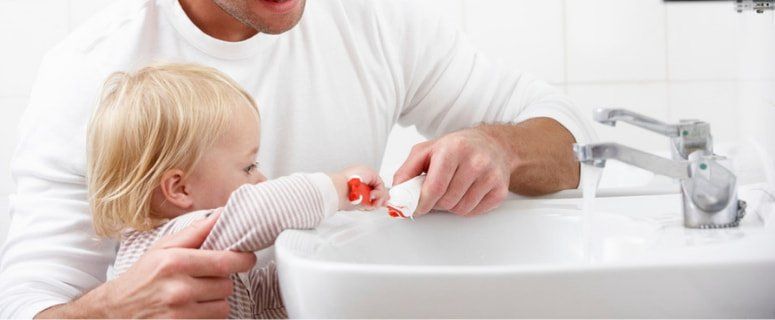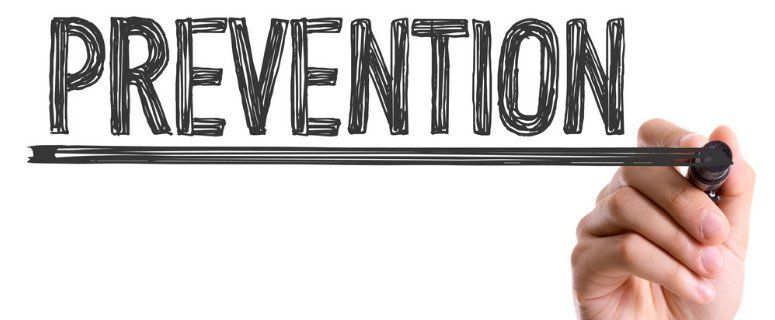Don’t Forget these Essential Winter Tasks
Town & Country Plumbing
Winter Prep Checklist
Having an essential winter checklist can help residents of Rogers, AR, get through the months of bitterly cold weather that usually occur from November to March.
The idea behind this 7- item checklist is to practice preventative maintenance, test your HVAC systems to see if they are working properly and to stock up on the things you will need to keep your home safe from the elements.
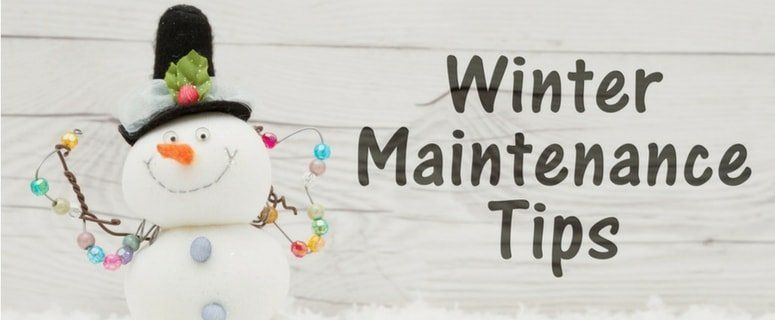
1 - Check your smoke & carbon monoxide detector
Carbon Monoxide Detector If you live in a condo or apartment building, your fire department will likely conduct this type of inspection twice a year. Homeowners can do it themselves or ask a professional to do it themselves, especially if they are elderly and testing the batteries on the units requires climbing a ladder.
2 - Hire a professional
Contract a licensed professional to check all the systems that insulate or ventilate your home. This is crucial because when it is essential that these systems move the heated air safely and healthily throughout your dwelling. The HVAC professional will replace any dirty filters, fix broken connections and make sure that your fans and vents are clear of any blockages that might obstruct the passage of warm air through your home.
3 - Make sure that any space heaters are working
Space heaters might be necessary if your furnace breaks down as they can help keep your home hot so that pipes do not freeze, burst and cause flooding. They can also be used as supplemental heating units to heat one room instead of turning on the heating to warm the whole house.
4 - Spray foam insulation in nooks and crannies
Most hardware stores sell this foam in a spray can, but you can also hire a professional contractor to inspect your home and neatly fill up any exposed spots.
5 - Check rubber seals and foam stripping
When damaged, seals and stripping can allow a draft to waft through your home. Make sure that foam stripping is flush with the bottom and top of your door, or it will not be much use when it comes to insulating your home.
6 - Stock up on de-icing salt
This type of coarse salt melts ice and is especially handy for melting the smooth sheet ice that is often the result of sudden bouts of freezing rain. This type of ice is deadly because it is almost transparent and the fact that it cannot be seen causes many accidents. Slips, falls, and even pipe bursts inside your house, because outdoor plumbing tends to freeze over the colder months.
7 - Have a working sump pump ready
Also, make sure that all gutters, drains, and eaves troughs are clear of leaves, dirt, and other debris. This is crucial because any type of clogged water drain can cause meltwater and sewage to back up through the pipes leading into your home and cause a flood. However, if there is a big storm and then a quick thaw, it is also a good idea to have a working sump pump available at all times as anyone’s basement could flood suddenly in such circumstances.
Remember that when it comes to readying your home for winter, that the old saying, “an ounce of prevention is worth a pound of cure” definitely applies. For instance, a broken space heater will not help you warm the water inside of a frozen swelling pipe, and the result could be a burst and thousands of dollars of water damage.
Similarly, cold air wafting through windows and unsealed doors could have you losing hundreds of dollars of heat through cracks and fissures and a slip on an unsalted sidewalk in front of your home could lead to months of being unable to work or a lawsuit from a complete stranger.
